Harmonia – Dino
The Band Brian Eno Called The Most Important In The World
“Dino” appeared as the fourth track on Harmonia’s debut album Musik von Harmonia, released in January 1974 on Brain Records. The album was recorded from June to November 1973 in Cluster’s home studio in Forst, a rural West German village, using primitive equipment including just three tape recorders and a basic mixer. When Brian Eno first heard this album, he proclaimed Harmonia the world’s most important rock band, a quote that would follow the group for decades despite selling almost no records at the time.
The album never charted commercially, a crushing disappointment for the trio who struggled financially throughout their brief existence. Michael Rother later recalled that the seventies were not a good time for Harmonia, with their music largely ignored and survival proving difficult. Yet the album became one of the most influential krautrock releases, eventually inspiring everyone from David Bowie and Iggy Pop to Stereolab, Radiohead, and Sonic Youth. In 1979, Brain Records actually reissued the entire album under the single title Dino with completely different artwork, attempting to find a wider audience five years after its initial failure.
Harmonia formed through an accident of circumstance rather than grand design. Michael Rother from Neu! visited Hans-Joachim Roedelius and Dieter Moebius of Cluster in Forst, initially hoping they might serve as a backing band for Neu! live performances since he and Klaus Dinger struggled to reproduce their multi-tracked sound on stage. Upon jamming together, Rother experienced what he described as musical love at first sight, something he claimed he’d never experienced before. He abandoned his original plan, remained in Forst, and Harmonia was born. The name itself was intentionally ironic, chosen by Moebius who had a sharp sense of wordplay, because in Germany at the time Harmonia was associated with old-fashioned folk singing groups, making it the last name anyone would expect from cutting-edge electronic musicians.
Rother brought crucial equipment with him to Forst, including Farfisa organs, a stereo mixer, and an Elka Drummer One rhythm machine that would become central to the Harmonia sound. The track features a Neu! style motorik groove with Rother’s guitar adding what observers have described as a bittersweet, emotional layer over the steady electronic pulse. Unlike the relentless drive of Klaus Dinger’s drumming in Neu!, Harmonia’s rhythms were more relaxed and spacious, allowing the interplay between Rother’s guitar and Cluster’s synthesizers and treated keyboards to breathe. Roedelius played electric piano run through fuzzy effects and delay machines, creating textures that had never been heard before in German electronic music.
The album represented a precise meeting of constituent parts, with each member contributing equally. Roedelius brought eerie beauty, Moebius contributed tension and experimental instincts, and Rother added cool guitar exploration and rhythmic drive. Critics noted the music felt natural despite its electronic origins, at times resembling ancient medieval harmonies like Gregorian chants filtered through mixing desks and dissolved into sunlight. The track sits alongside seven other pieces that established a template for ambient rock, music equally suitable for active or passive listening that rewarded close attention while also functioning as environmental sound.
Eno’s endorsement proved prophetic but did nothing for immediate sales. He joined Harmonia onstage at The Fabrik in Hamburg in 1974, jamming with them and promising to record together. That collaboration would happen in September 1976 at Forst, producing sessions that wouldn’t see official release until 1997 as Tracks and Traces. By then, Harmonia had already disbanded after releasing just two studio albums. A 50th anniversary edition appeared in October 2024 on Groenland Records, featuring the original album plus reworks by contemporary artists including James Holden, Matthew Herbert, and Stuart Braithwaite, finally giving the music the wider recognition it deserved.
The influence has only grown over five decades. Musician and rock historian Julian Cope includes Musik von Harmonia in his Top 50 Krautrock albums. Copies found their way to famously open-eared UK musicians, and the album has been part of the experimental rock canon ever since. Rother continues performing Harmonia material in concerts worldwide, and he reports that modern audiences finally seem to understand what they were attempting to create fifty years ago. For a supergroup that barely survived financially and split after two albums, they left behind music that sounds more contemporary now than it did in 1974.



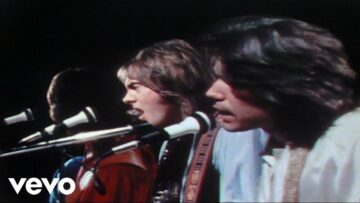


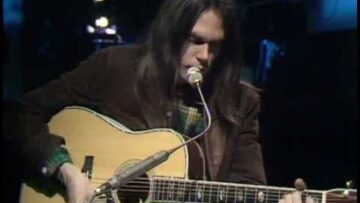
![The Score – Revolution: Lyrics [Assassins Creed: Unity]](https://musicvideosclub.com/wp-content/uploads/2025/10/the-score-revolution-lyrics-assa-360x203.jpg)


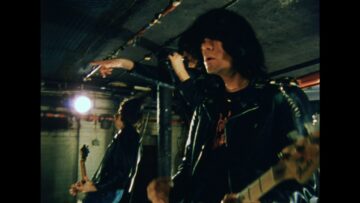







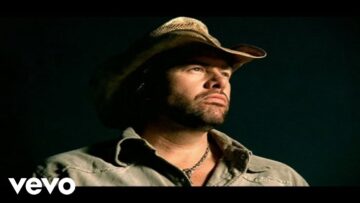
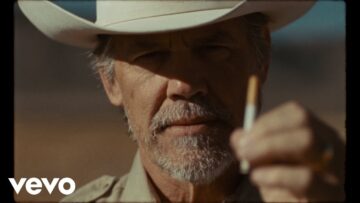






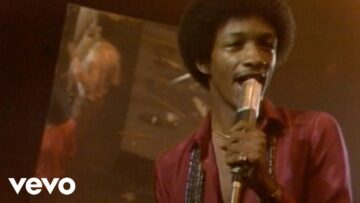

![Sister Sledge – Hes the Greatest Dancer (Official Music Video) [4K]](https://musicvideosclub.com/wp-content/uploads/2025/09/sister-sledge-hes-the-greatest-d-360x203.jpg)



![Starship – Nothings Gonna Stop Us Now (Official Music Video) [HD]](https://musicvideosclub.com/wp-content/uploads/2025/10/starship-nothings-gonna-stop-us-360x203.jpg)

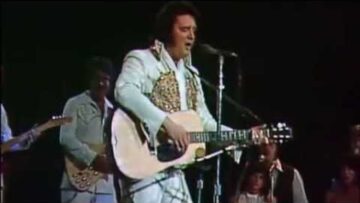








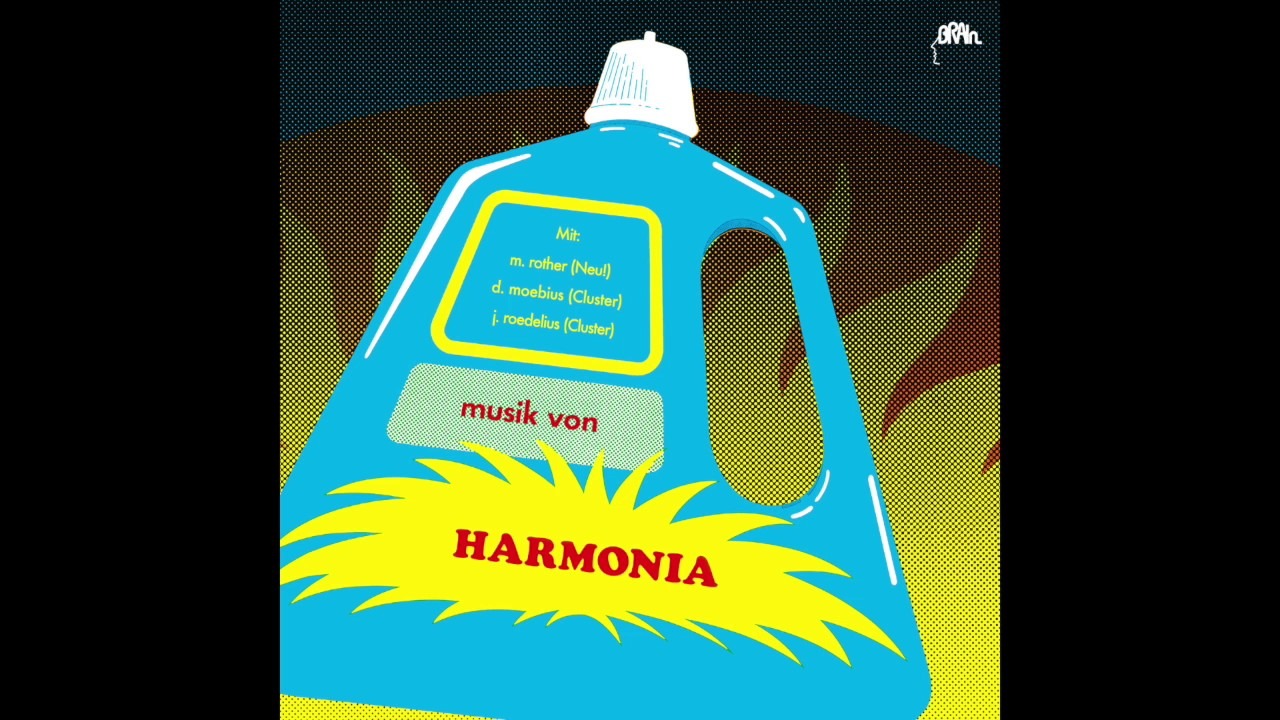

![The Who – Baba OReily — In [High Definition] HD! -1979 – The Kids Are Alright](https://musicvideosclub.com/wp-content/uploads/2025/06/the-who-baba-oreily-in-high-defi-360x203.jpg)
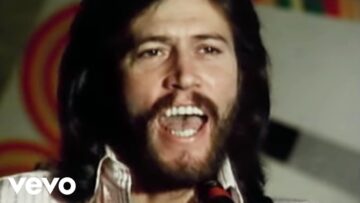




![Neil Young – Heart of Gold (Live) [Harvest 50th Anniversary Edition] (Official Music Video)](https://musicvideosclub.com/wp-content/uploads/2024/10/neil-young-heart-of-gold-live-ha-360x203.jpg)
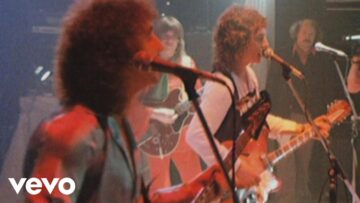
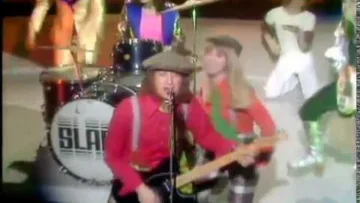
![Eagles – The Best of My Love (Live 1977) (Official Video) [4K]](https://musicvideosclub.com/wp-content/uploads/2025/03/eagles-the-best-of-my-love-live-360x203.jpg)

